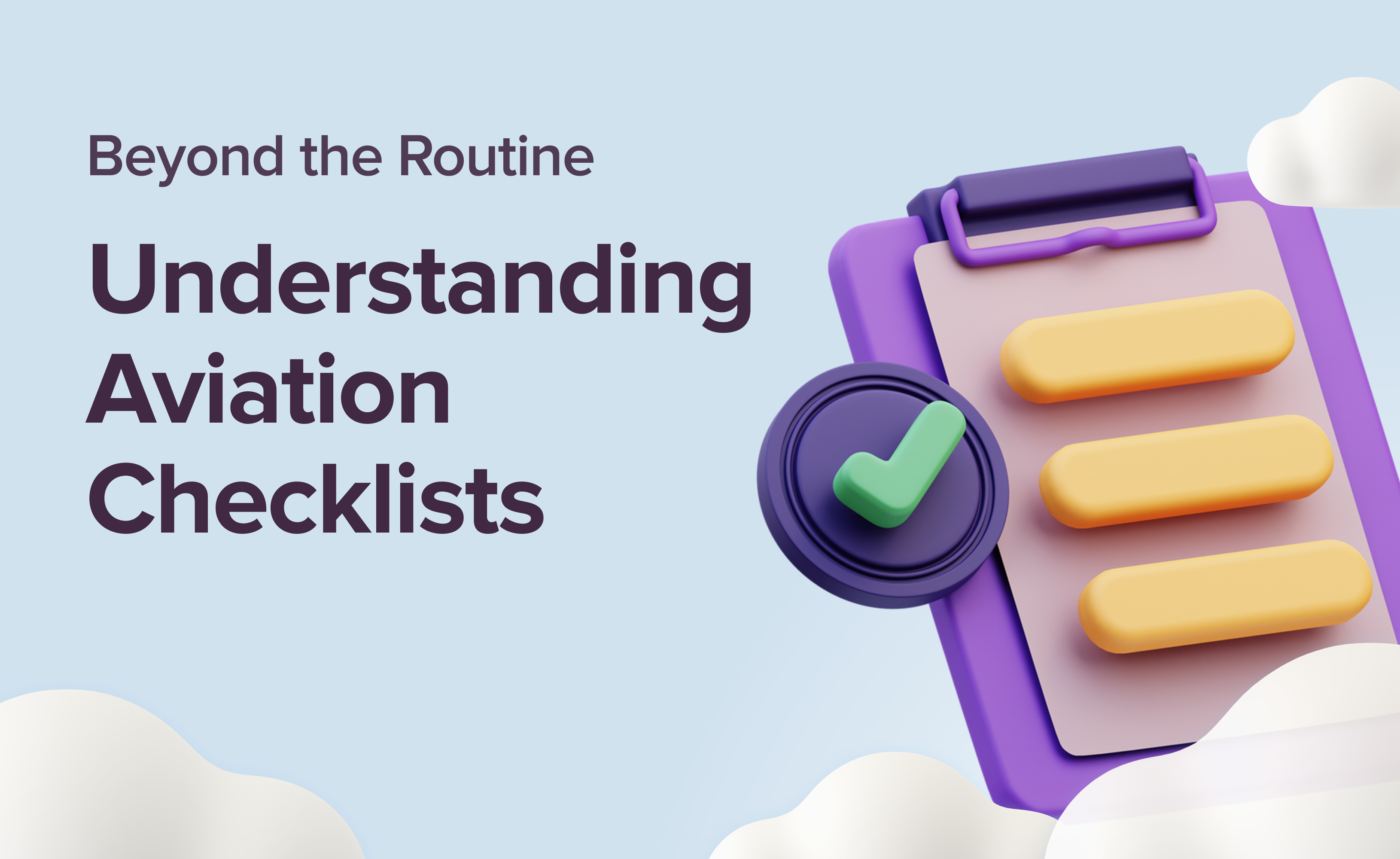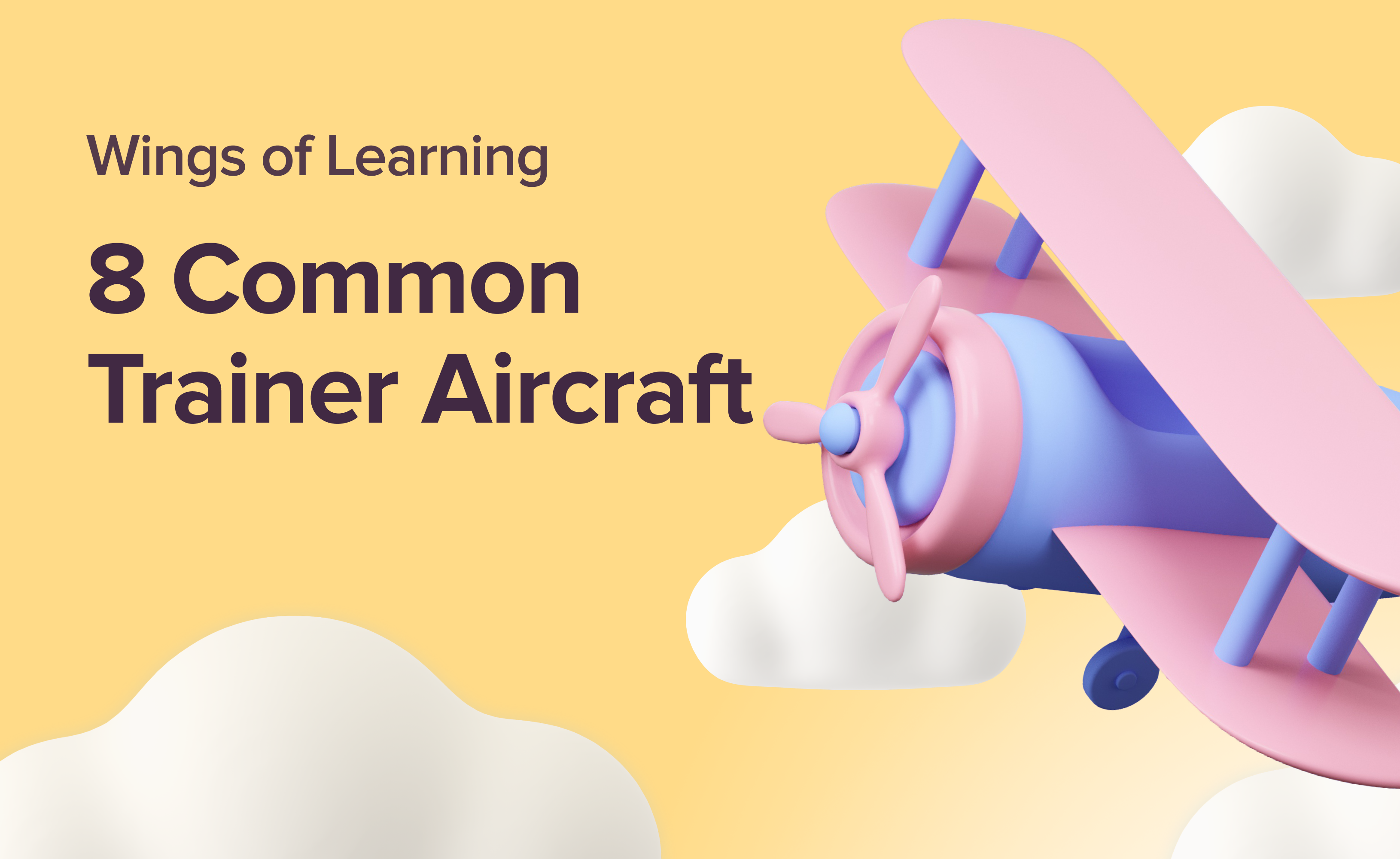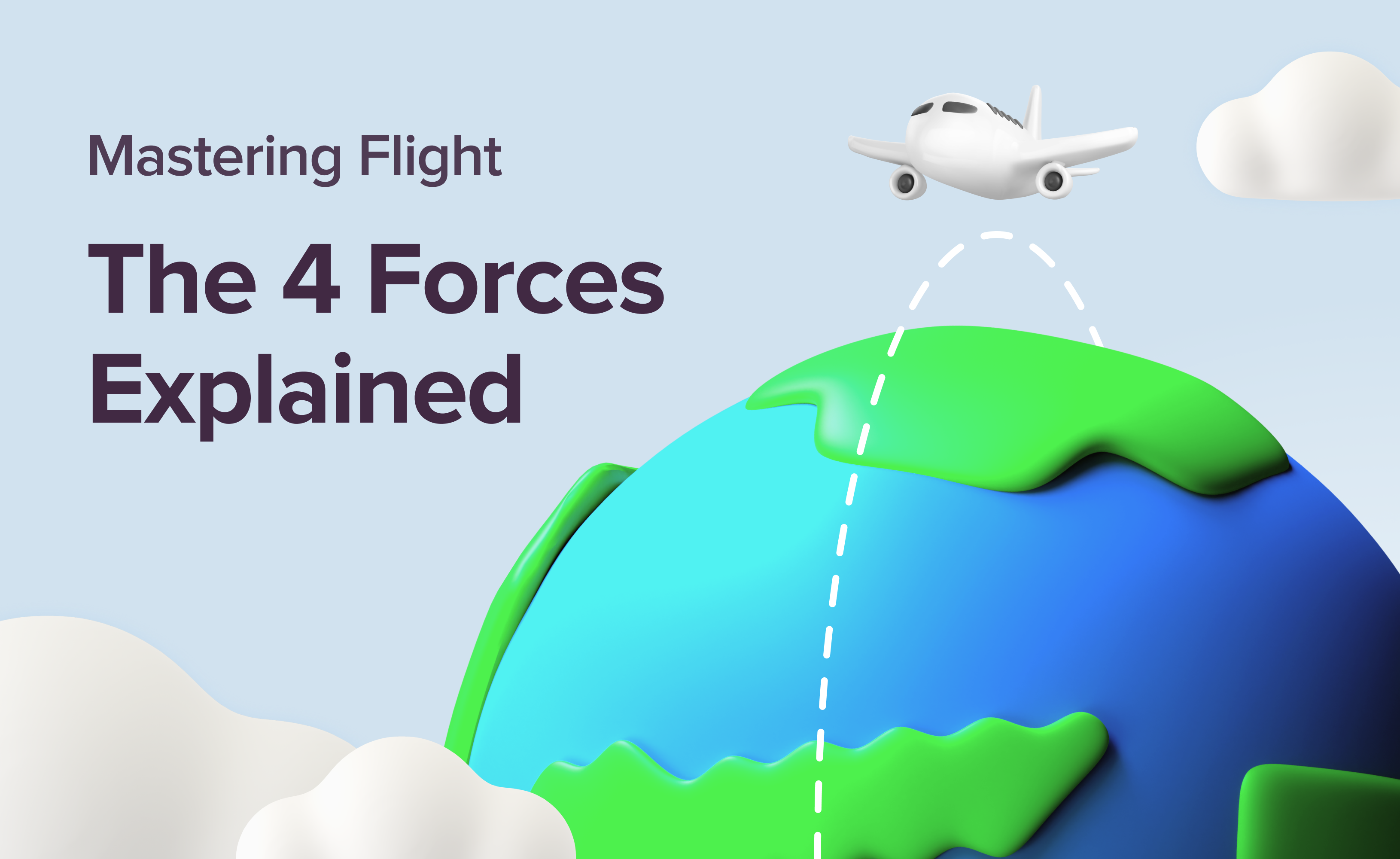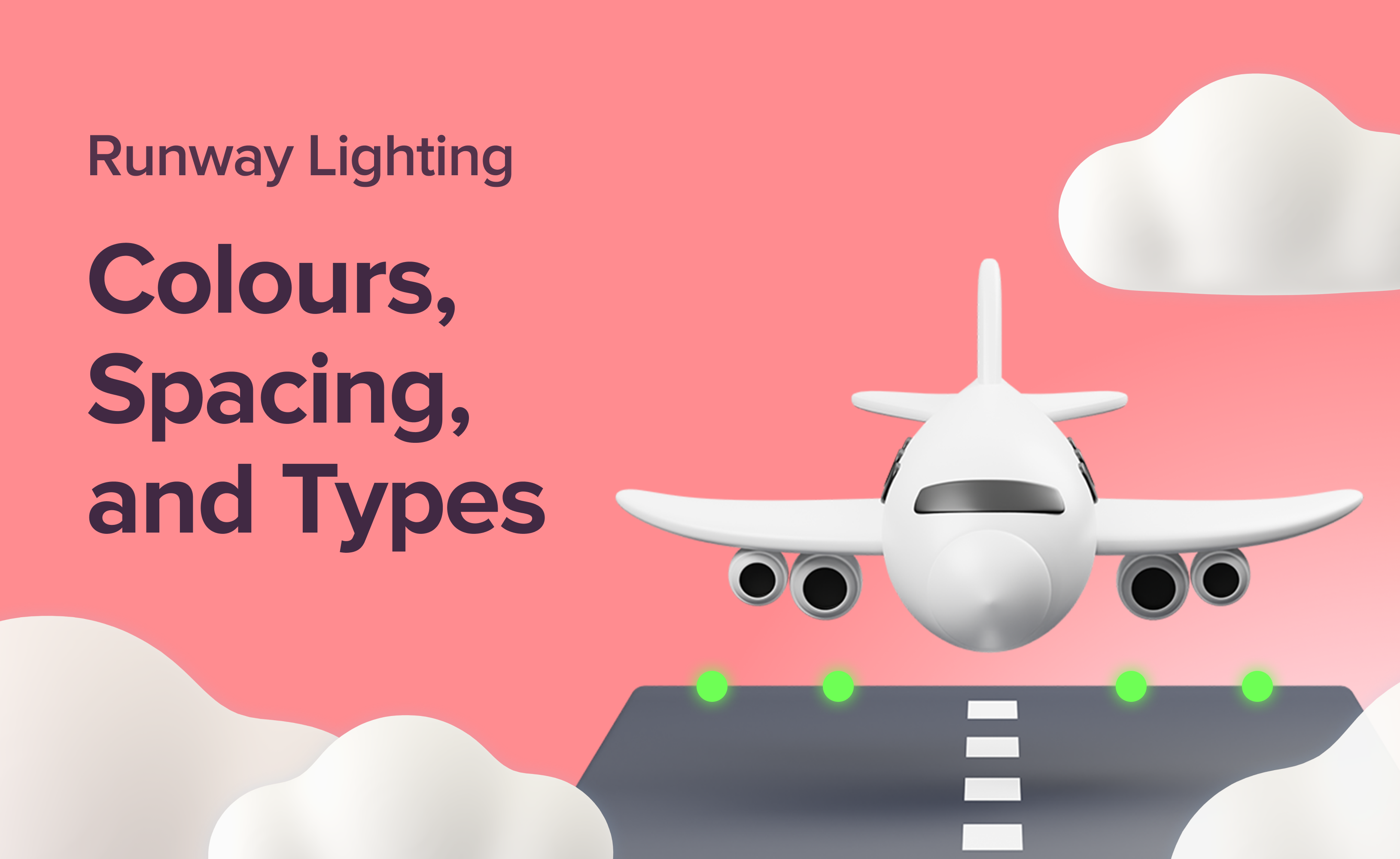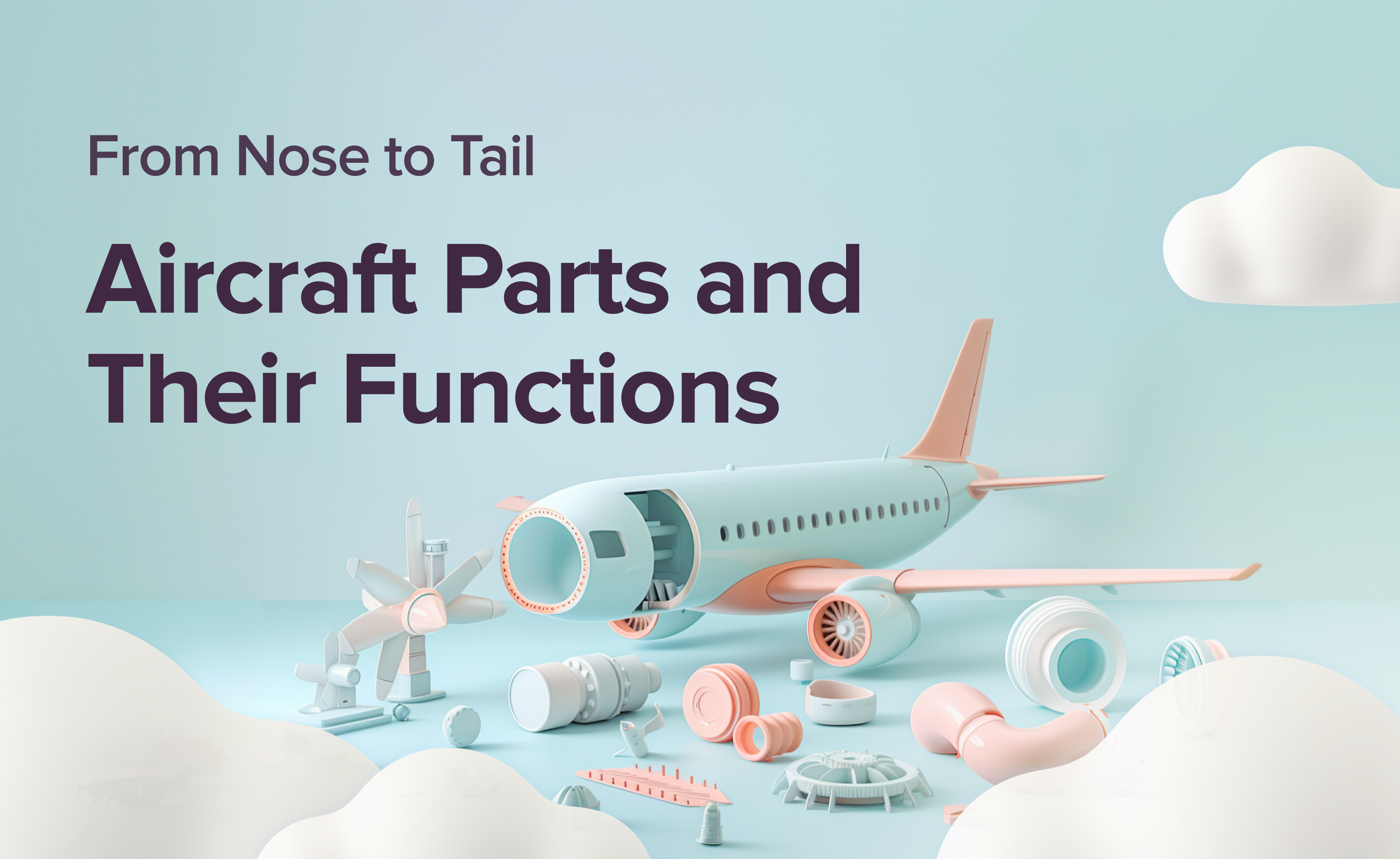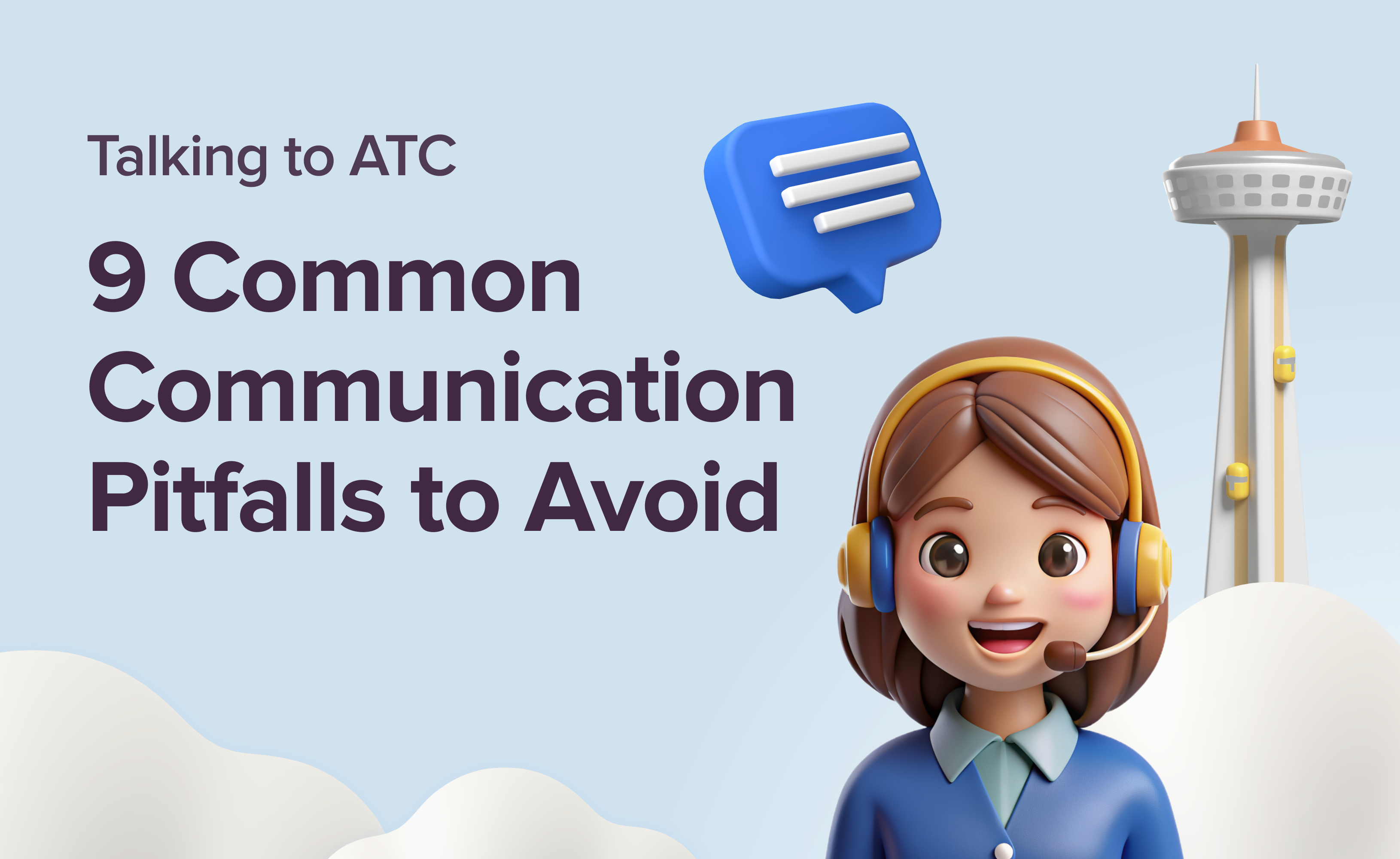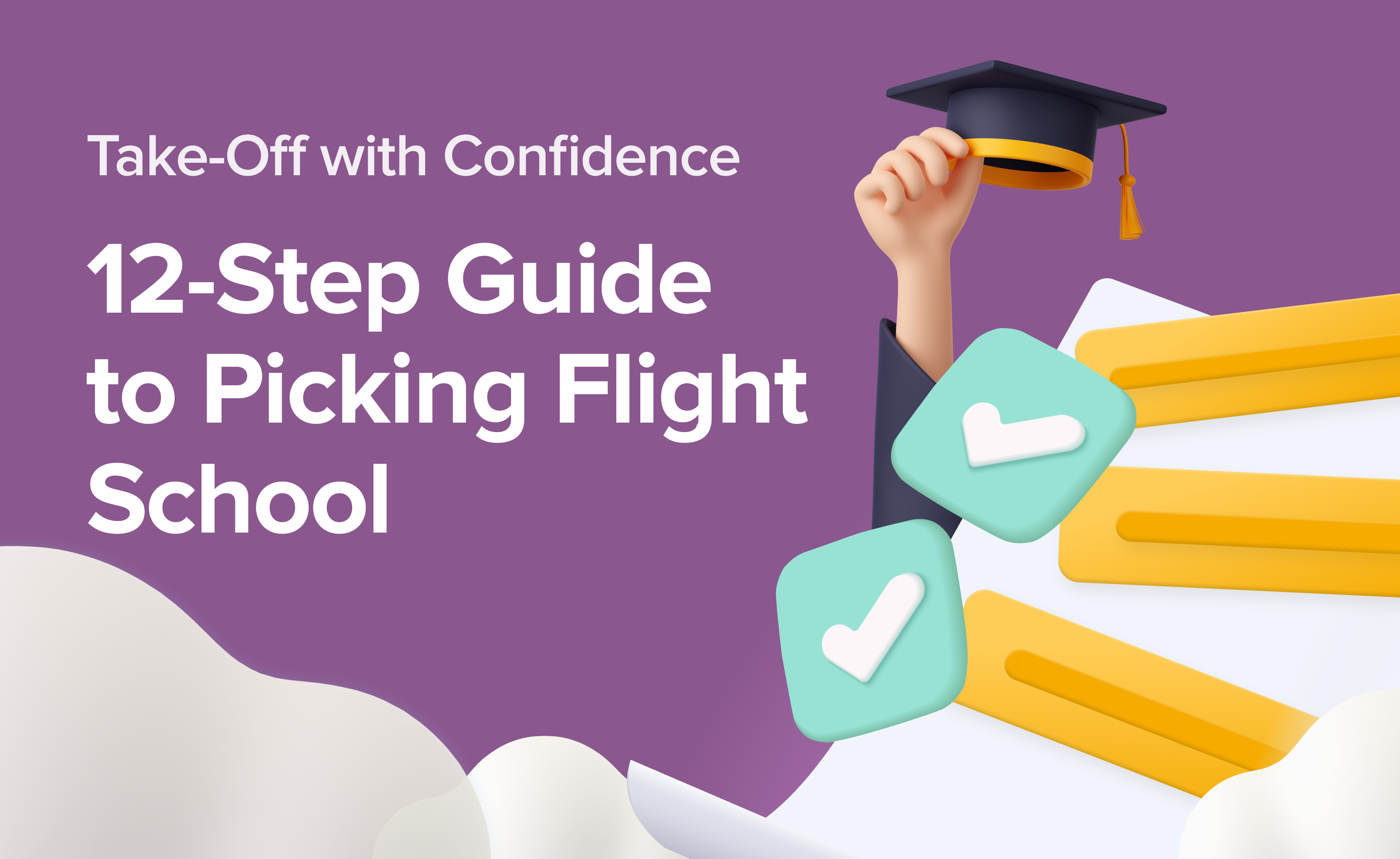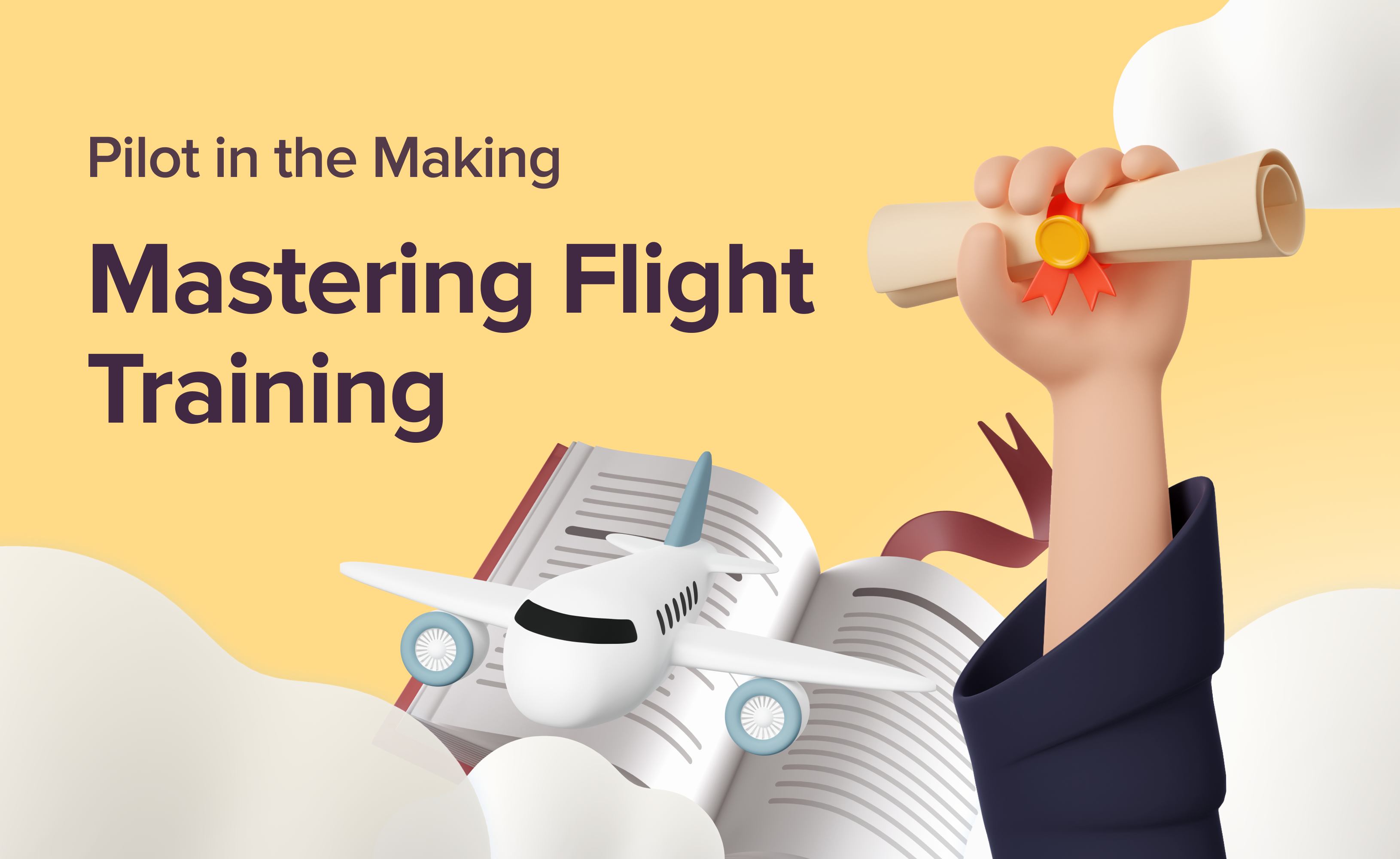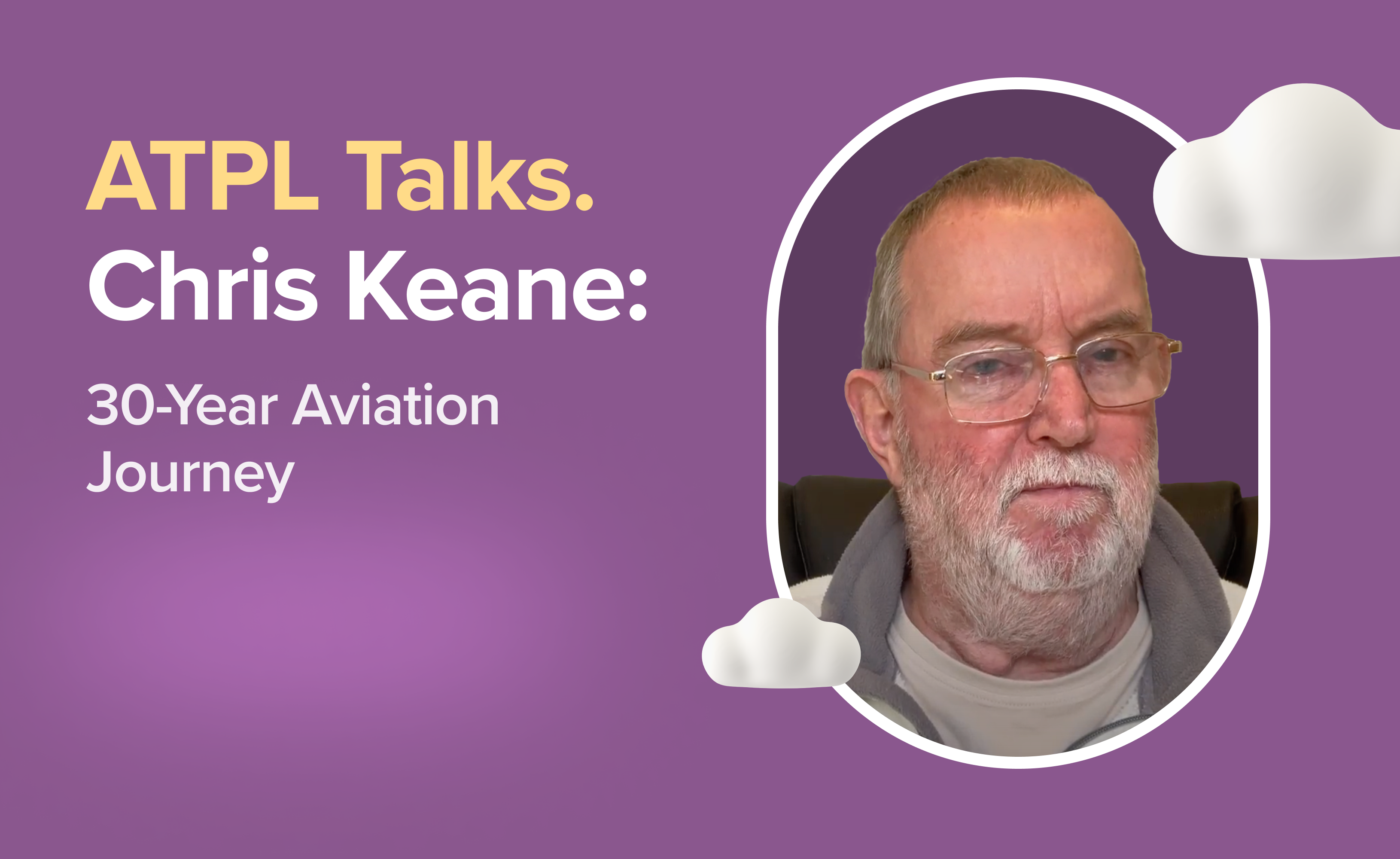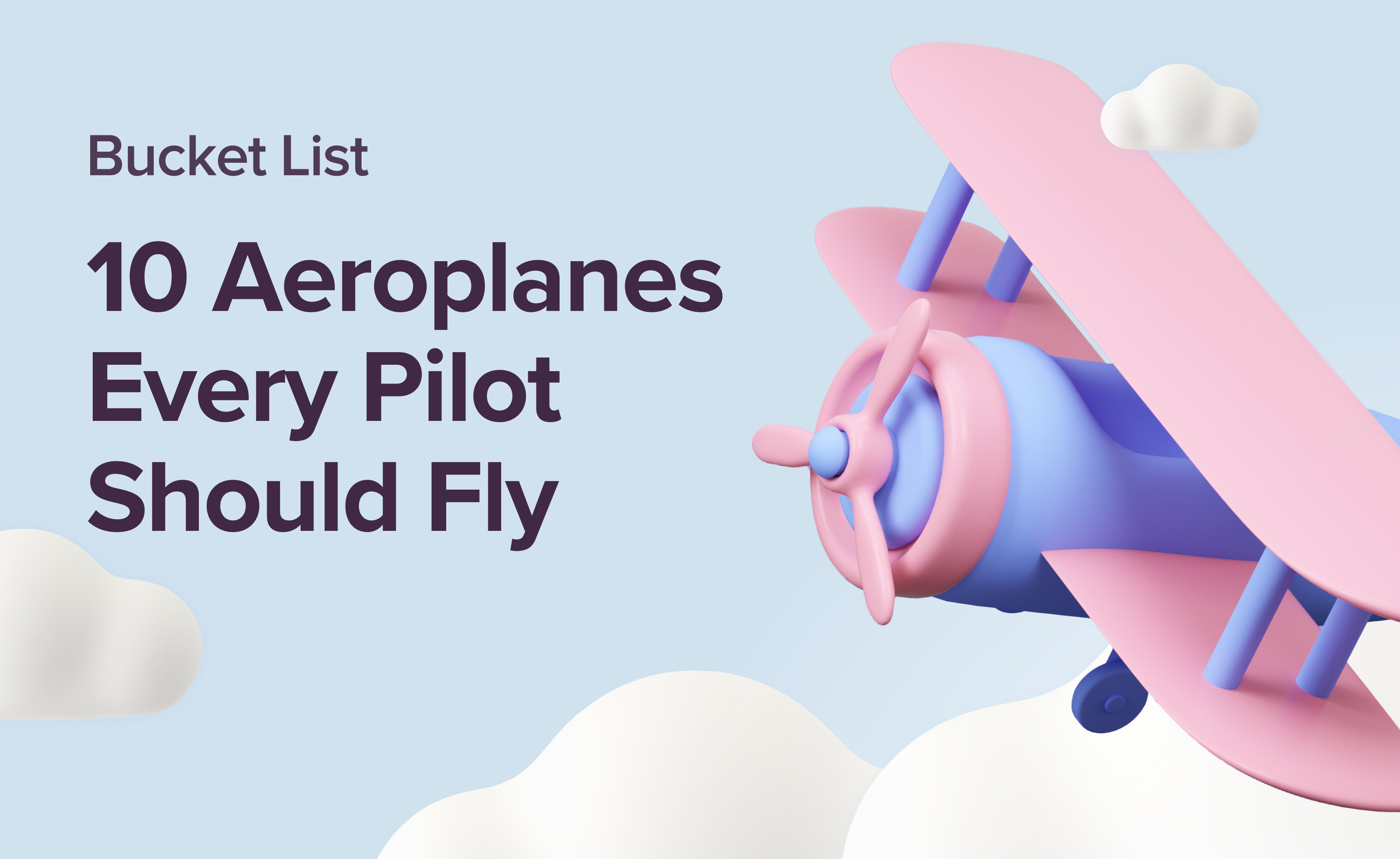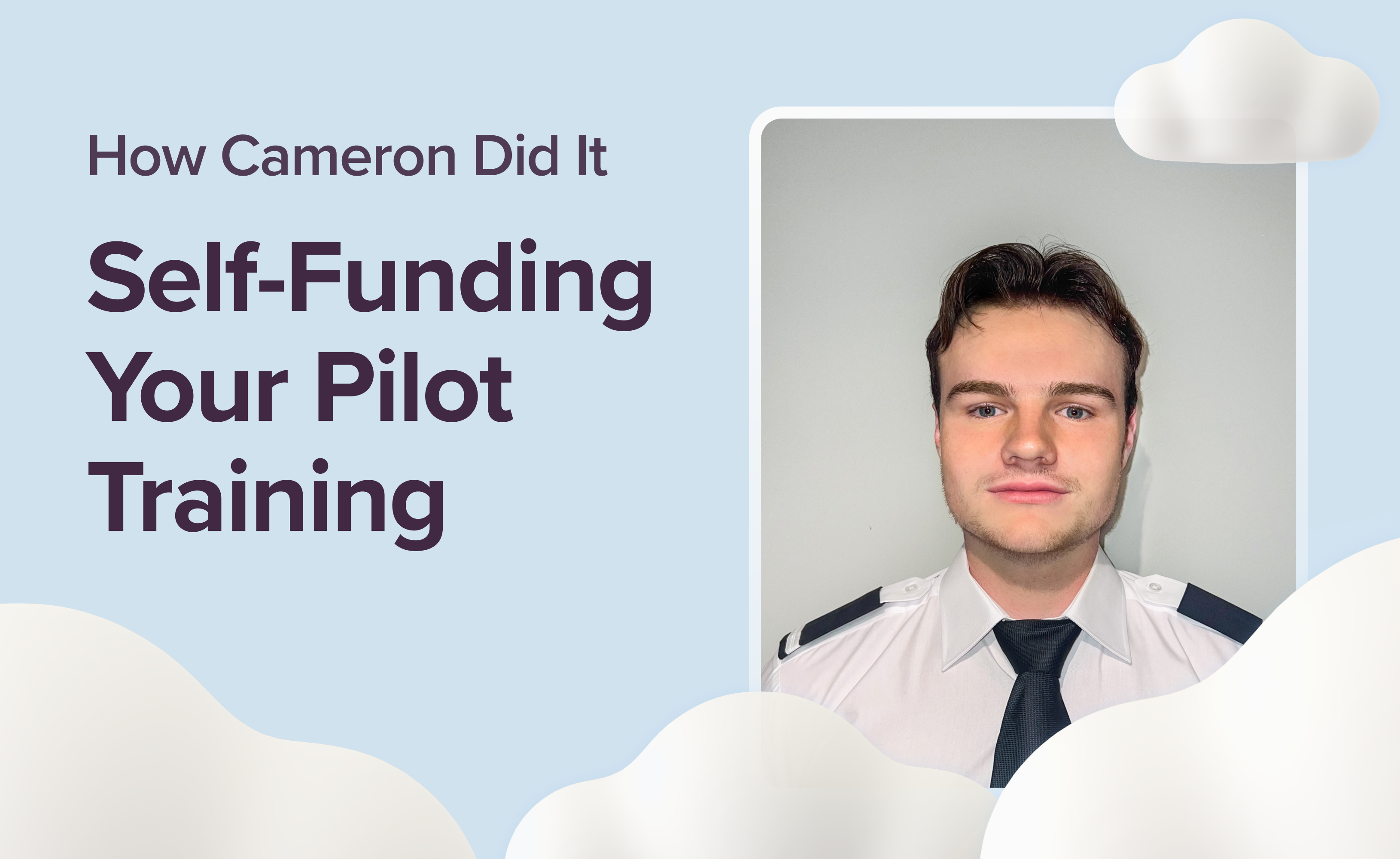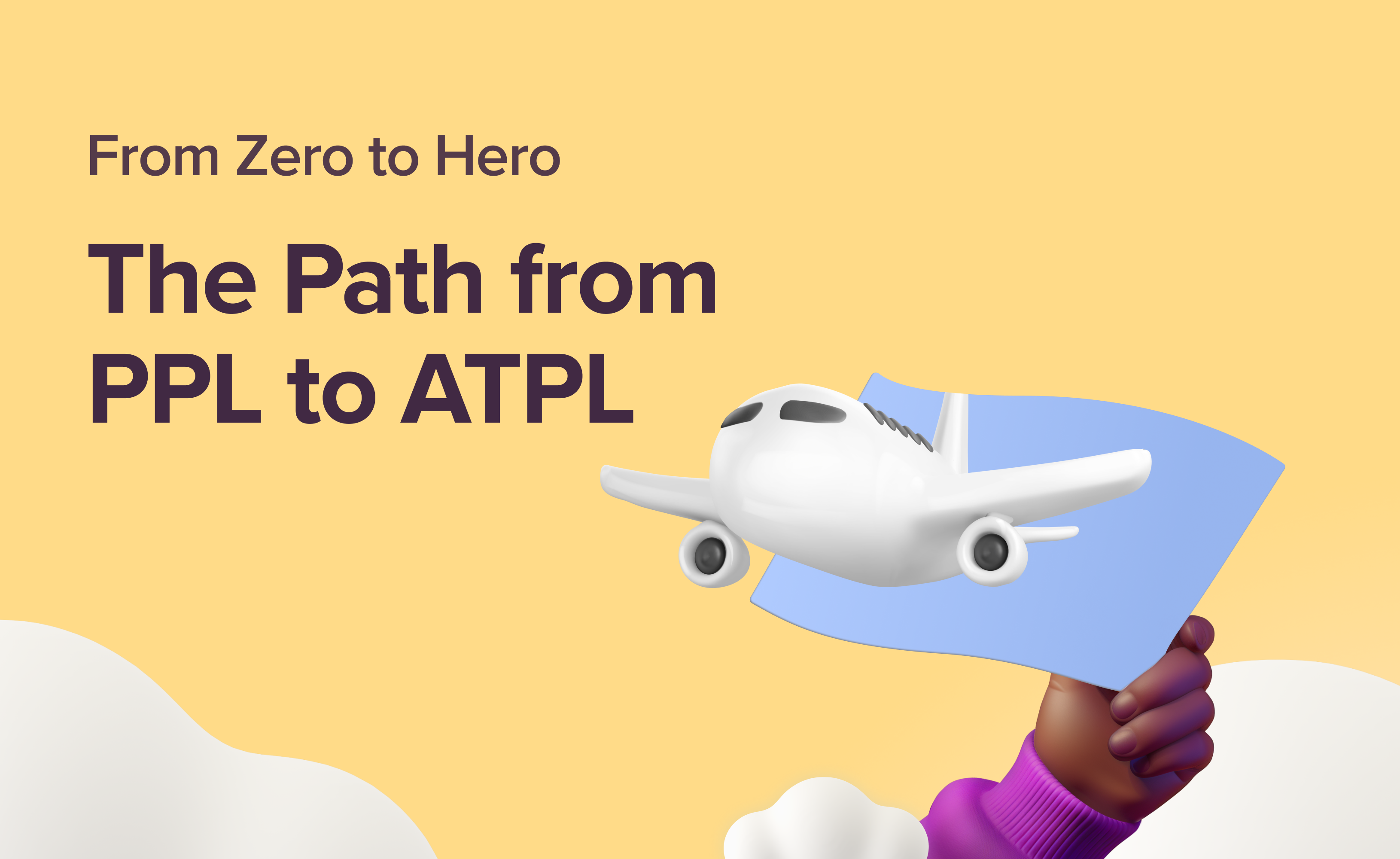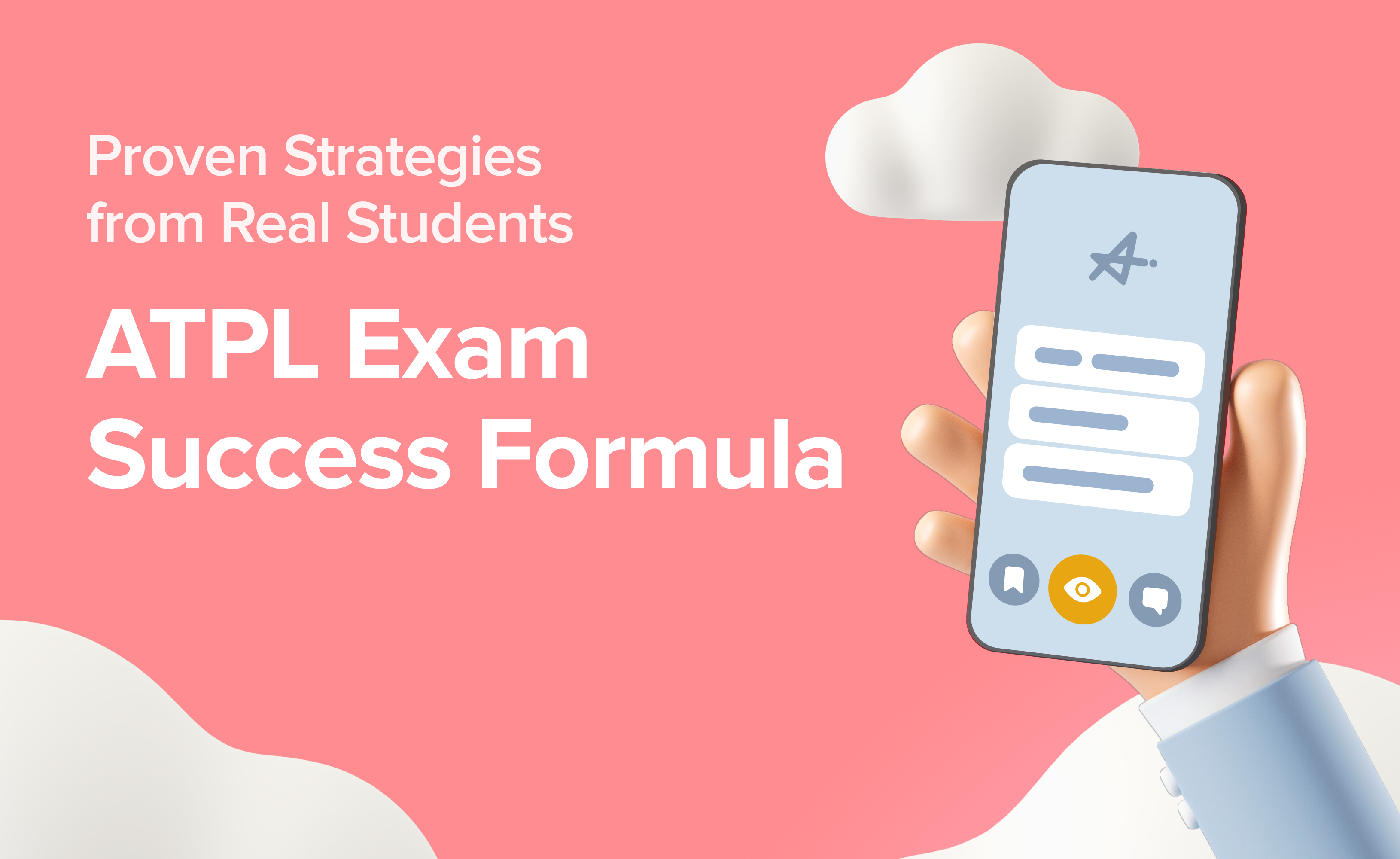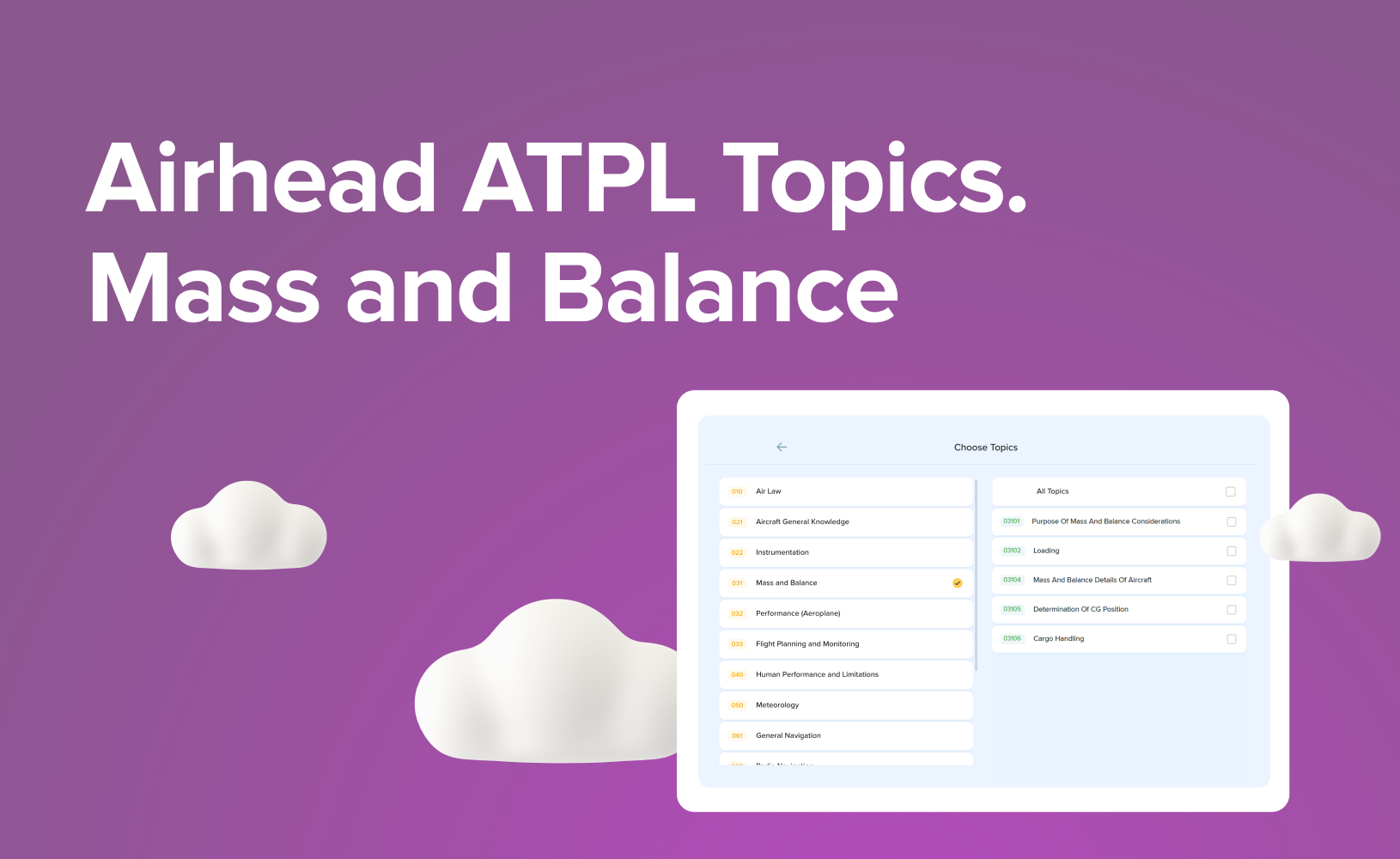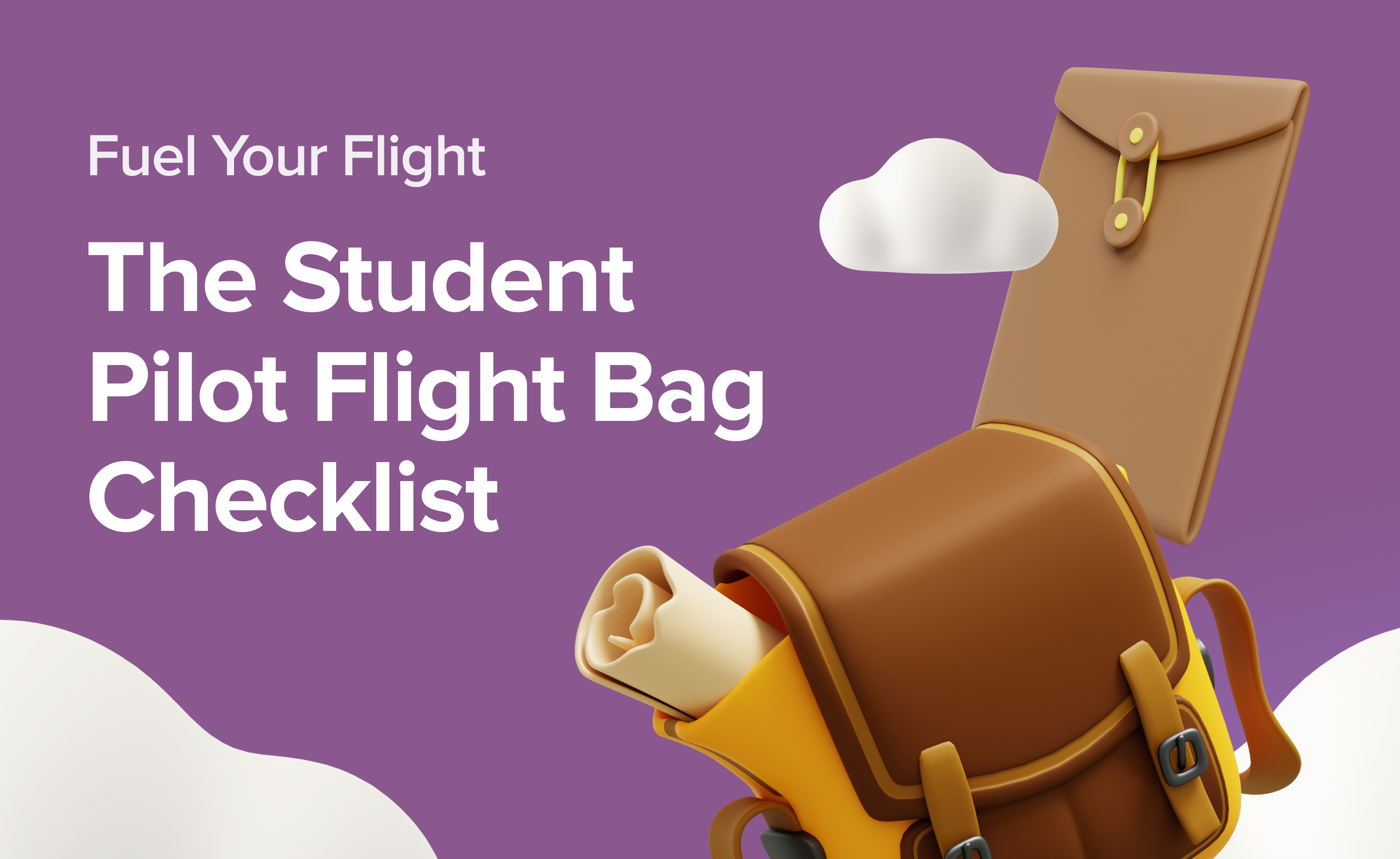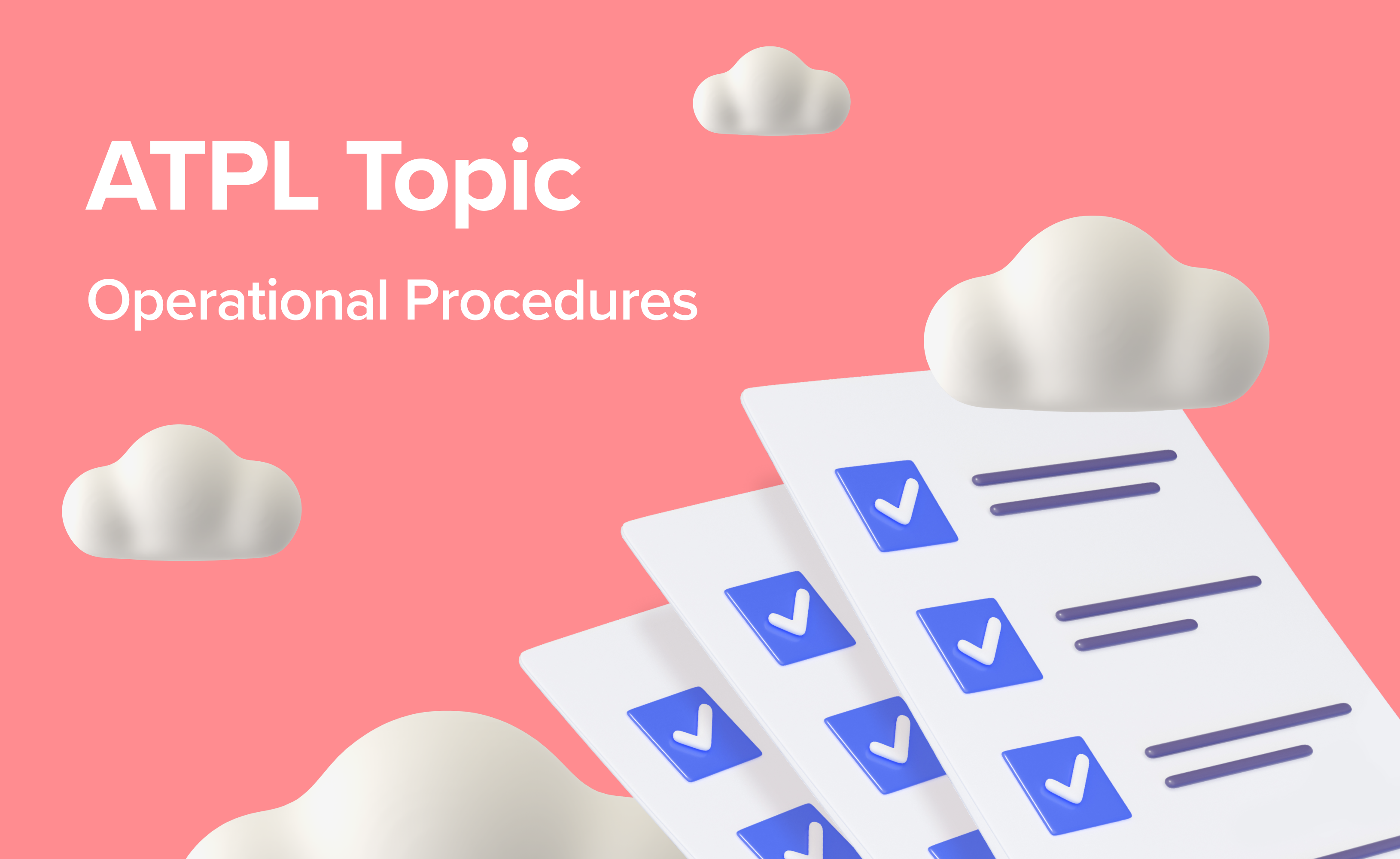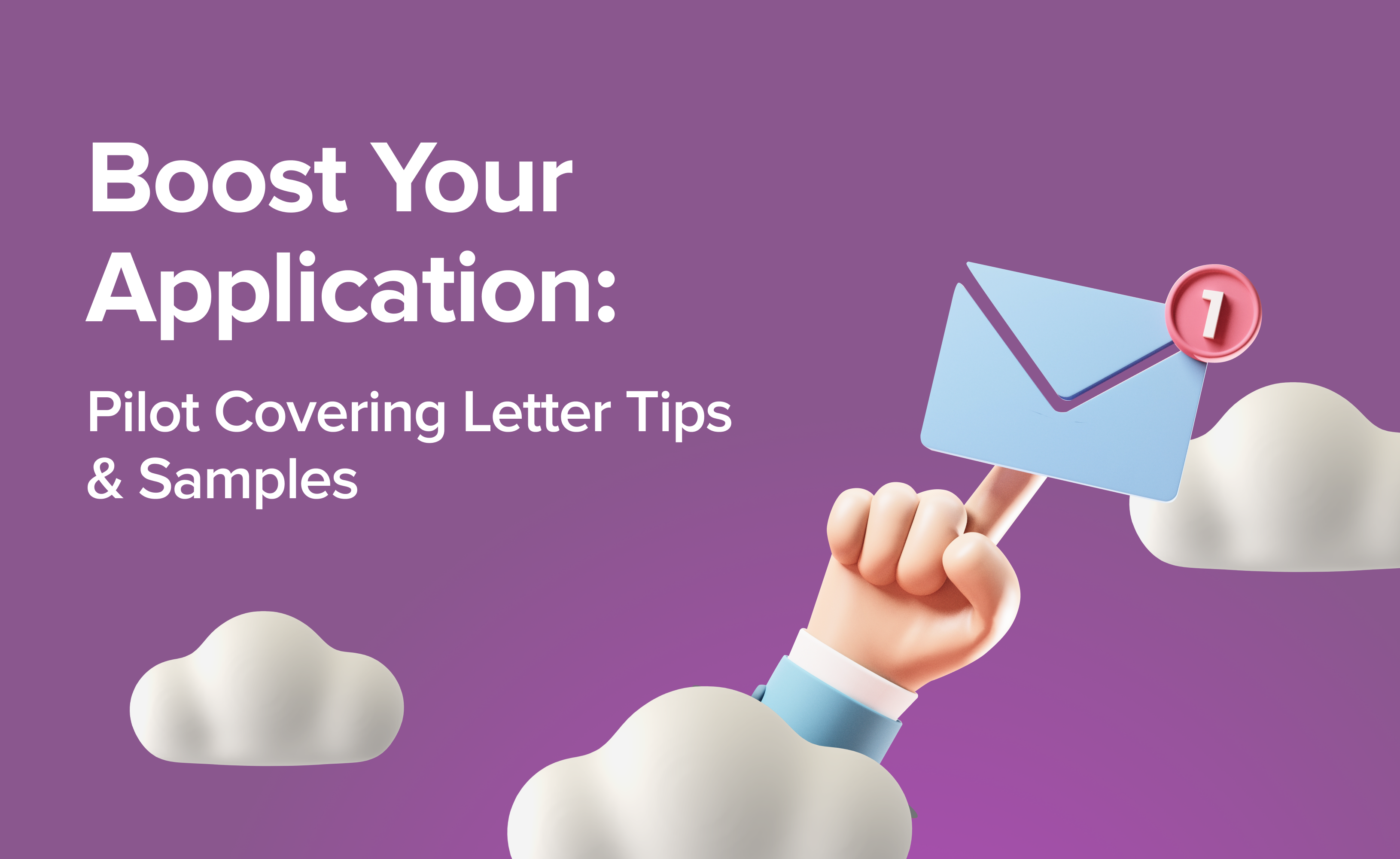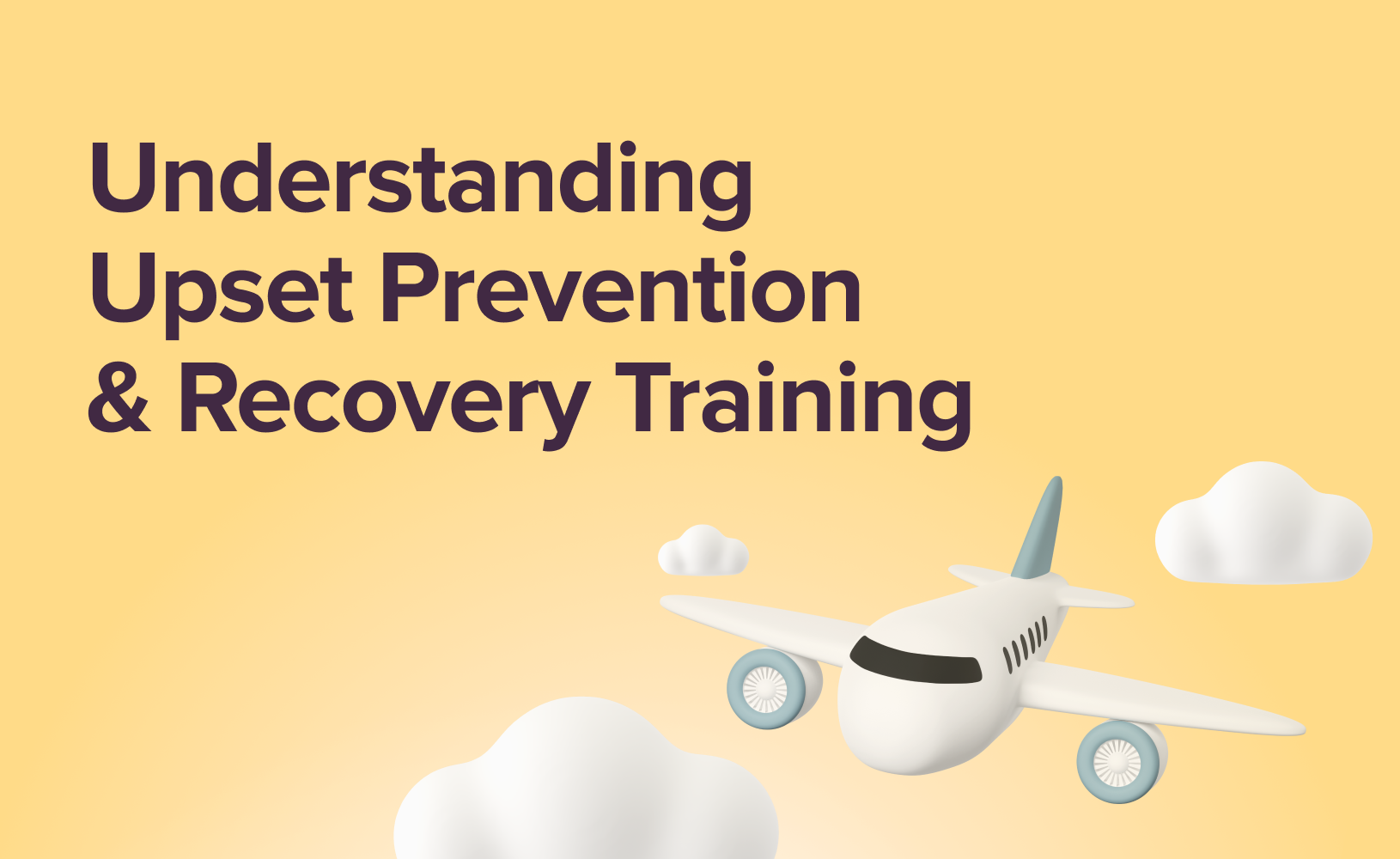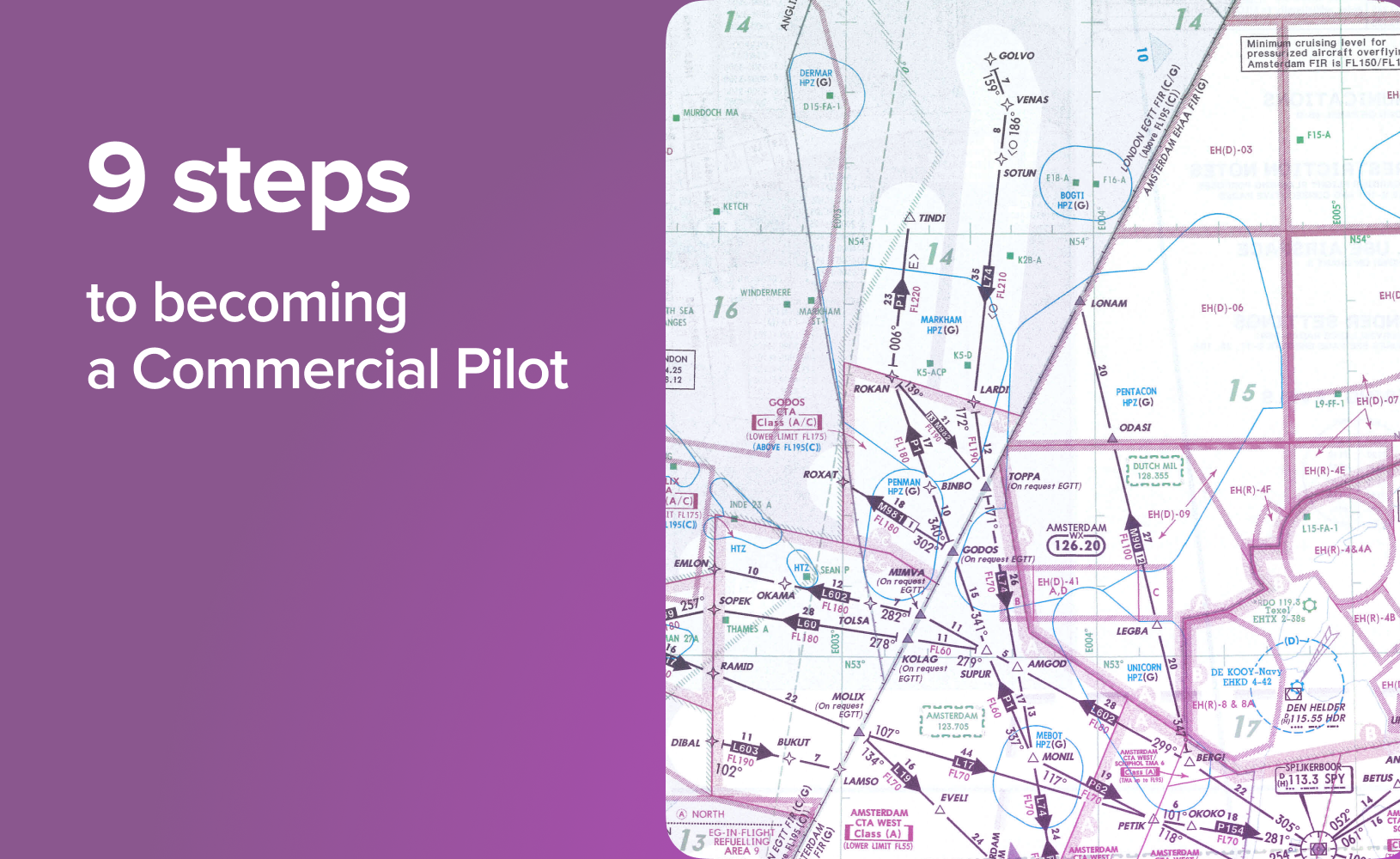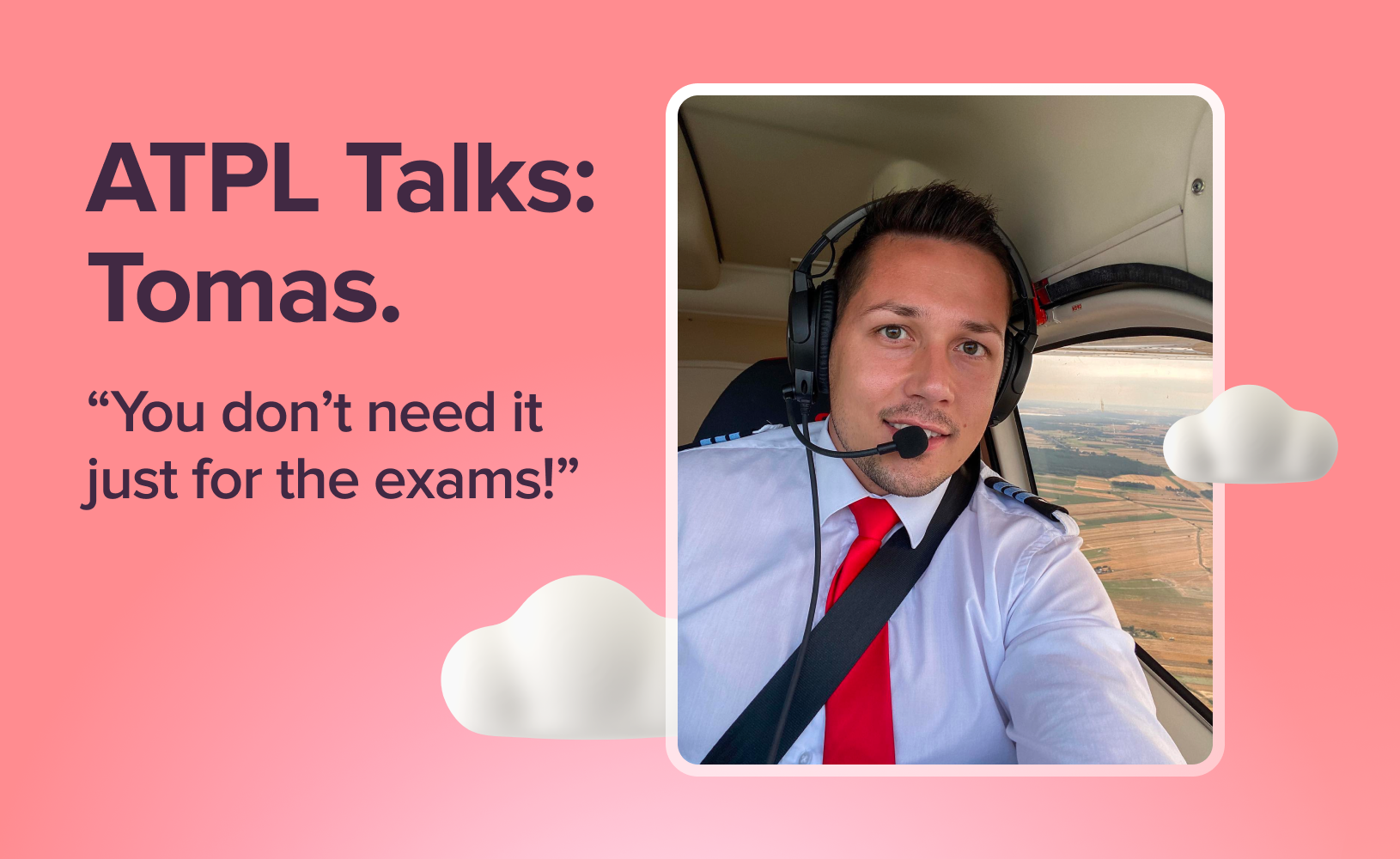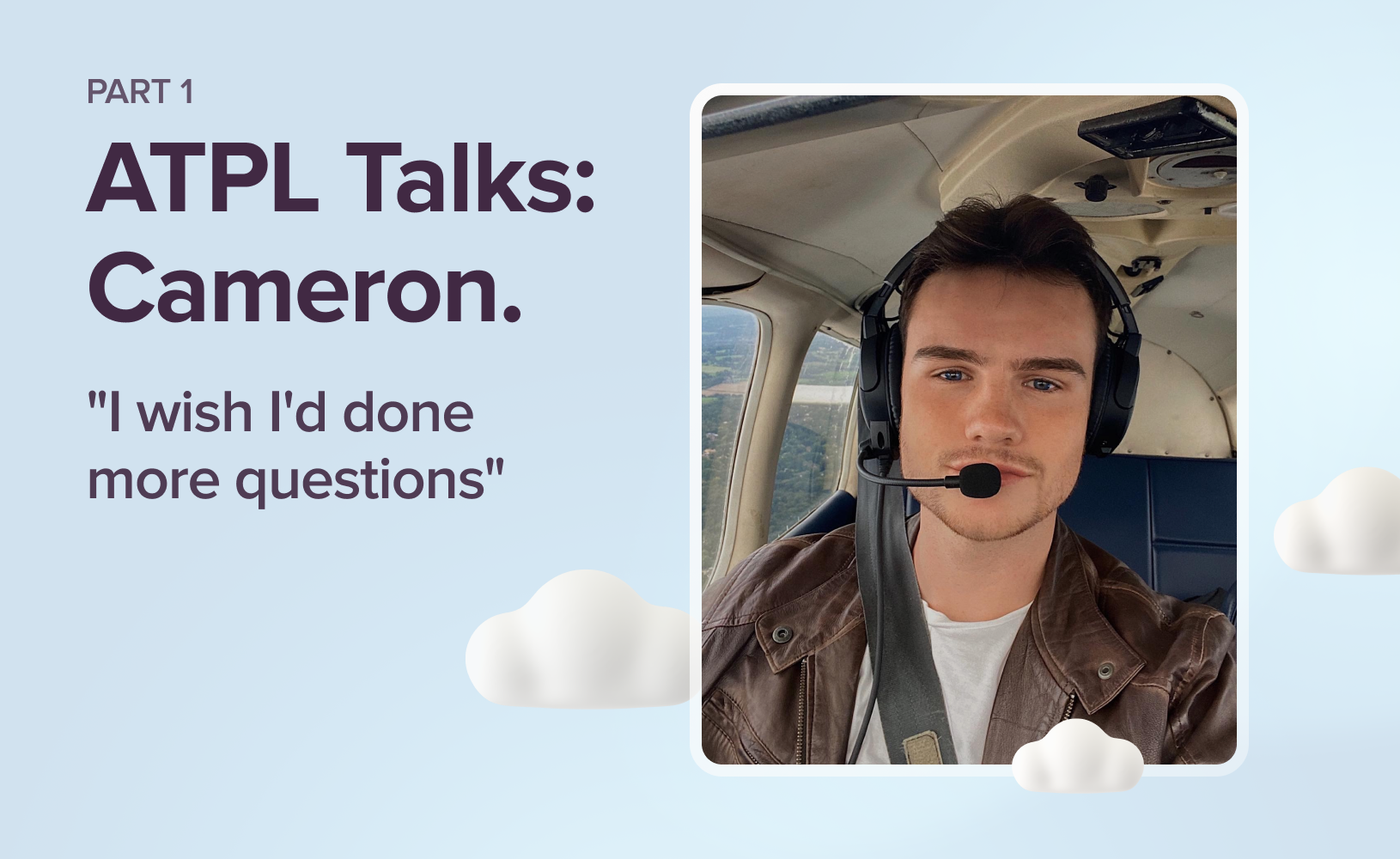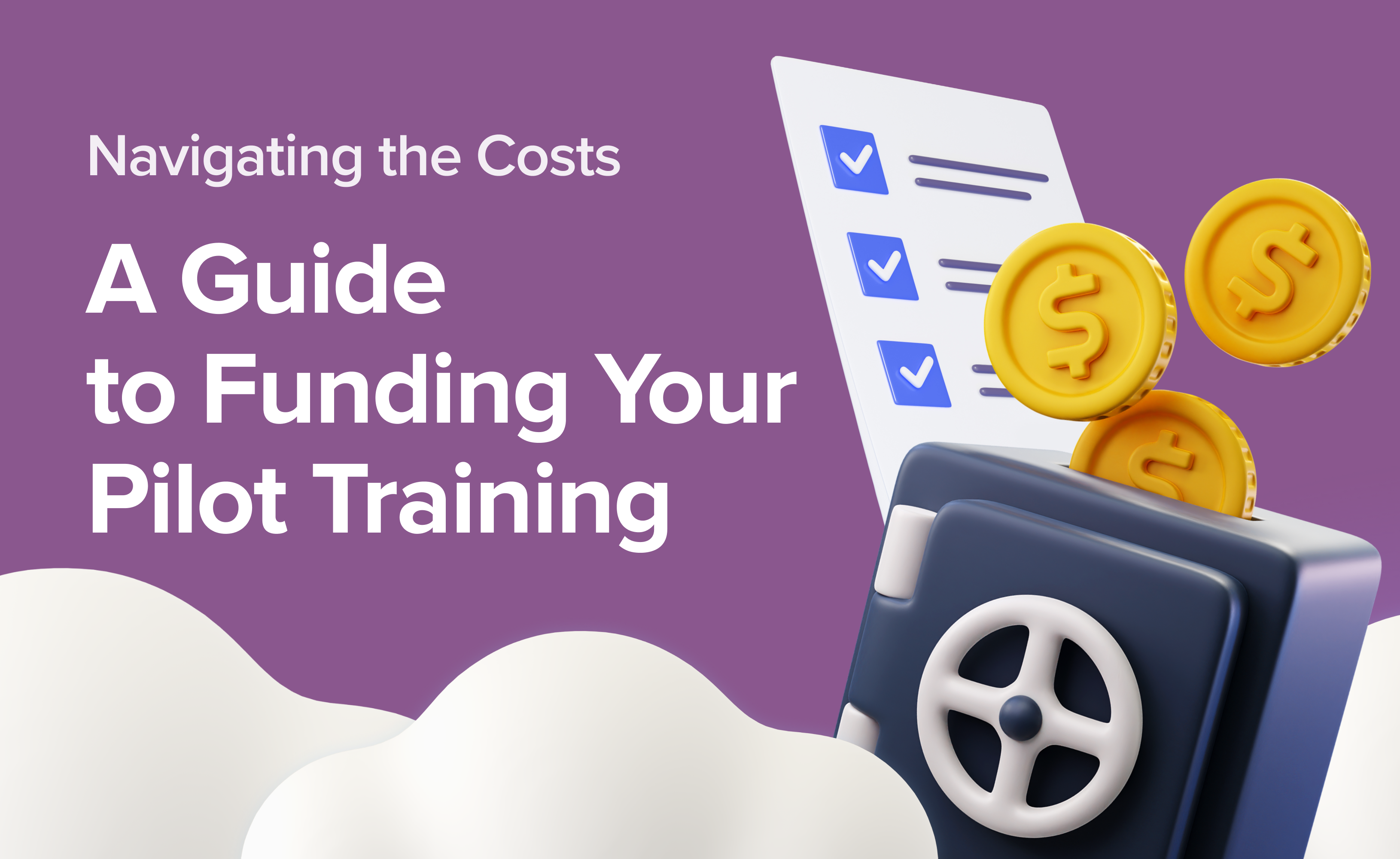Soar to New Heights: Your 2025 Pilot Action Plan
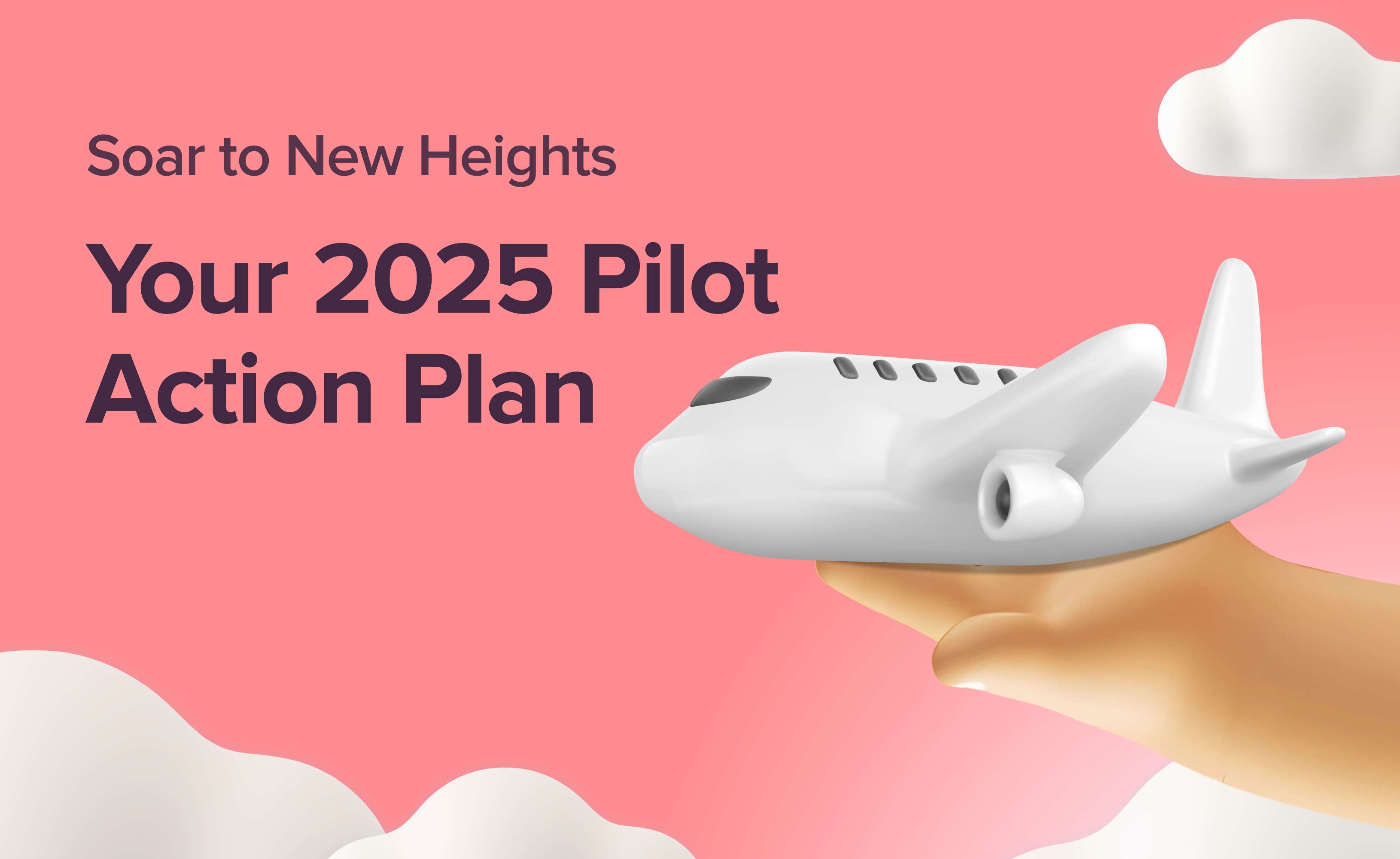
There’s a timeless magic in watching an aircraft ascend into the open skies, defying gravity and embracing freedom. For many, the dream of becoming a commercial pilot isn’t just about flying — it’s about joining a unique community of individuals who navigate the world from 30,000 feet, connecting continents and shaping global journeys. If you’ve ever imagined yourself in the cockpit, commanding the controls, the dream can feel both exhilarating and overwhelming.
Starting your route to becoming a pilot demands a clear and structured plan to navigate the complex, but achievable, path to the skies. With 2025 marking a new chapter full of opportunities, this is your moment to chart your course. This blog will guide you through the 10 key steps to launch your aviation career, focusing on the UK and European landscape under EASA regulations. Whether you’re just dreaming or ready to take-off, this ten-step action plan will give you the clarity and confidence to realise your ambitions. Let’s kick off!
Think you know what it takes to become an airline pilot? Think again. Read our blog, Top 10 Myths About Becoming an Airline Pilot.
Master the Basics

Mastering the basics is like plotting your flight plan — it gives you direction, clarity, and the confidence to move forward. Before you can soar through the skies, you need to build a strong educational foundation and develop the skills that will support you through training and beyond. Here’s how to get started.
Strengthen Your Core Subjects. Math, physics, and English — these are your golden trio when it comes to aviation. Math and physics help you understand the science of flight, navigation, and how aircraft work, while English is the global language of aviation. Think of these as your first tools for the cockpit.
To meet the basic qualifications, aim for at least five GCSEs (grade C/4 or above), or the European equivalent. These must include Maths, English, and Science. If you’re studying A-levels, subjects like Maths and Physics are a smart choice to keep your options wide open.
Struggling with equations or concepts? Resources like Khan Academy or BBC Bitesize are great for brushing up. Try linking what you learn to aviation — calculate how planes take-off using formulas or dive into books about the physics of flight. Making it personal will keep you motivated.
Boost Your English Proficiency. In aviation, clear communication is everything. That’s why you’ll need to show solid English skills, usually at Level 4 or higher on the International Civil Aviation Organisation (ICAO) scale. Whether it’s talking to air traffic control or reading complex manuals, English is your passport to the skies.
Educational Background. Here’s the good news: you don’t need a university degree to become a pilot. However, finishing high school is non-negotiable. Most flight schools and airlines look for candidates with a strong academic foundation, especially in the sciences.
Think of school as your runway — what you achieve here sets the tone for the rest of your journey. Even if you’re not a natural in maths or physics, stay curious, work hard, and focus on progress. If you’re considering university, degrees in fields like aeronautics or engineering can give you an extra edge, but it’s not a must.
Go for a Trial Flight

Before committing to a career in aviation, it’s crucial to truly feel the thrill of flying on your own. Taking a trial flight is a fantastic way to get a taste of what piloting is all about. Most trial flights include a briefing on the basics of flight, a short hands-on session in the cockpit, and time to ask questions about the experience. You’ll get the chance to control the aircraft under the guidance of an instructor. Don’t worry — you don’t need any prior knowledge!
By the end of your trial flight, you’ll have a clearer sense of whether the sky truly feels like your second home, and whether your excitement outweighs potential challenges like long hours of study or demanding flight schedules. A genuine passion for aviation is what will keep you motivated through the highs and lows of your training and career.
Reach out to local flying clubs, aero clubs, or flight schools to schedule an introductory flight. Prices are usually reasonable, and many clubs offer gift vouchers if you want to make it a special occasion. Treat it as your first small step into the world of aviation.
From taking the controls to experiencing the freedom of flight, our blog, Trial Flight: Your First Step to The Dream, explores everything you need to know about your first flight experience.
Research the Aviation Landscape and Be Realistic

Before committing to this path, thoroughly research the aviation landscape and assess your readiness. Yes, being a pilot is a glamorous career — it can be well-paid, exciting, and full of unique experiences. But it’s equally important to acknowledge the sacrifices involved. Pilots work in shifts that don’t follow a 9-to-5 pattern. Nights, weekends, and holidays often become workdays, impacting your personal and social life. Depending on the airline or role, you could spend days or weeks away from loved ones. Besides, flying isn’t just physically taxing — it requires sharp focus, adaptability, and the ability to handle high-pressure situations.
Here’s a quick look at the main types of pilot careers:
Private Pilot: Flying smaller aircraft for private clients or companies. This can offer more variety in routes and schedules but is often less stable in terms of income.
Flight Instructor: Teaching others how to fly can be a fulfilling way to gain experience and build flight hours, but it requires a love for training and patience.
Airline Pilot: The most common route, flying passengers on commercial airlines. While it’s well-paid and respected, it involves long hours, overnight stays in different cities, and strict schedules.
Cargo Pilot: Transporting goods instead of people. This can mean flying at night or irregular hours, but it’s a rewarding career for those who prefer less interaction with passengers.
A pilot's licence can open doors to more than just commercial airlines. Explore alternative career paths in our blog, Beyond the Airlines: 9 Unique Career Paths for Licensed Pilots.
Before making a decision, take an honest look at your life and priorities. Are you ready to embrace a lifestyle that requires flexibility, adaptability, and sometimes sacrifice? If the answer is yes, the skies could be calling you — but only if you’re prepared for the realities that come with the dream.
Take an Aptitude Test

Not everyone is cut out to be a commercial pilot, and that’s okay. Taking an aptitude test early on can help you understand if you have the psychological abilities and personality traits that align with the demands of the job.
Aptitude tests measure your innate abilities — things like hand-eye coordination, spatial awareness, and problem-solving speed. These are traits that can’t be taught or improved with training but are essential for flying an aircraft safely and effectively.
Modern airlines don’t just look for skilled pilots—they want well-rounded individuals who embody a set of competencies critical for the role. These include communication, leadership, decision-making, and resilience.
A test can reassure you that you have what it takes to succeed in training and beyond. It can also highlight areas where you might need to focus your efforts. Knowing your current strengths and weaknesses can help you align your training goals with the qualities airlines are seeking in candidates.
Do you have the soft skills needed for a successful aviation career? Find out in our blog, Soft Skills: The Foundation of Aviation Excellence.
For unbiased and reliable evaluations, consider independent, not-for-profit organisations. These groups offer pre-training assessments to help you get an impartial understanding of your potential without the pressure of a sales pitch from a flight school. If you prefer to practice on your own first, there are plenty of online tools and apps that simulate the types of challenges you’ll face during these tests.
Decide on Your Licence

Becoming a pilot starts with deciding which type of licence you require, as this will determine the kind of aircraft you can fly and the career paths open to you. Understanding these licences and their requirements is a crucial step in your journey.
The three main types of licences under the European Union Aviation Safety Agency (EASA) framework are:
Private Pilot Licence (PPL): Allows you to fly for leisure or personal travel but not for hire or reward. It’s often the starting point for aspiring commercial pilots. Requires a minimum of 45 flight hours and passing several theoretical exams.
Commercial Pilot Licence (CPL): Enables you to fly for hire or reward, opening the door to jobs in cargo, charter, or smaller commercial operations. Typically requires at least 150 flight hours, including advanced training, and passing more challenging theoretical exams.
Airline Transport Pilot Licence (ATPL): The highest level of certification, required to command an airline aircraft. To hold a full ATPL, you need 1,500 flight hours, but you can start with a “frozen ATPL” after completing theoretical exams and required training, progressing to full ATPL with experience.
Do you dream of piloting an aeroplane or a helicopter? Both have distinct career paths:
Fixed-Wing (Aeroplanes): Most commercial pilots fly aeroplanes, whether for airlines, cargo companies, or private charters.
Rotary-Wing (Helicopters): Helicopter pilots often work in search-and-rescue, medical transport, or private charters. Helicopter training is typically more expensive and can require a different skill set.
Think carefully about your goals, as transitioning between fixed-wing and rotary-wing flying often requires additional licences and training.
Post-Brexit, the UK’s Civil Aviation Authority (CAA) operates independently of EASA. If you train in the UK and plan to work in Europe, ensure your licence aligns with EASA standards. Conversely, pilots planning a UK-based career should follow CAA requirements. Some flight schools offer dual qualifications to cover both bases.
EASA vs. UK CAA: Which pilot licence is right for you? Find out in this blog.
Get a Medical Certificate
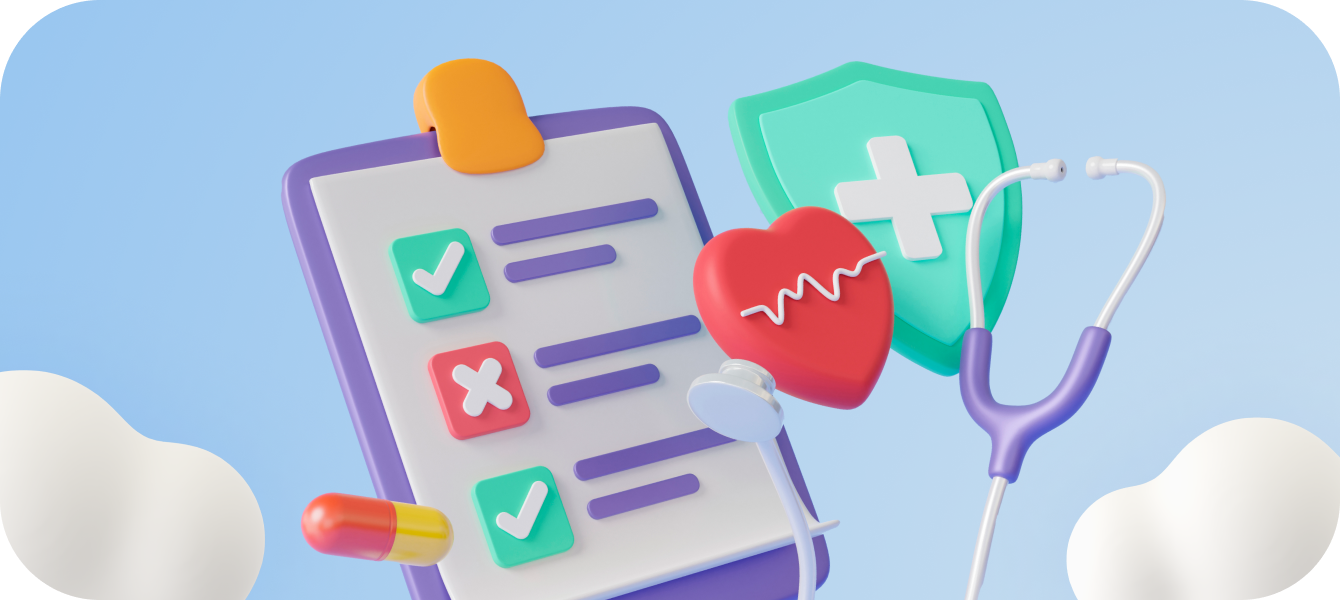
If you’ve considered all the advice and are still 100% certain that you’re cut out to be a pilot, it’s time to start preparing in earnest. A crucial first step is securing your medical certification. While you’ll only need a Class 2 Medical Certificate during training, becoming a commercial pilot requires meeting the more rigorous Class 1 standard.
For this reason, we strongly recommend starting with a Class 1 medical assessment. It’s far better to confirm you meet the higher standard early, rather than discovering later — after investing significant time and money in training — that you fall short.
Discover diverse opportunities within the aviation industry, even if you're not a pilot. Read our blog, Grounded But Not Defeated: 10 Non-Pilot Aviation Paths.
A Class 1 Medical Assessment is conducted by an Aeromedical Examiner (AME) and includes:
Eyesight Test: Ensuring your vision meets aviation standards (corrective lenses are often acceptable).
Physical Examination: A general health check to identify any issues that could impact your fitness to fly.
Electrocardiogram (ECG): Assessing heart health.
Lung Function Test: Checking respiratory efficiency.
Haemoglobin Blood Test: Measuring oxygen-carrying capacity.
Urine Test: Screening for underlying medical conditions.
Medical History Review: Detailing your personal and family health background.
In the UK, the CAA authorises certain aviation medical examiners to conduct Class 1 medicals. For Europe, check with EASA-approved medical centres. Resources. Visit the UK CAA website or the EASA medical certification page for details on approved centres and requirements.
Prepare for your aviation medical examination with our comprehensive guide. Soaring High: Medical Requirements for Airline Pilots.
Choose Your Training Route
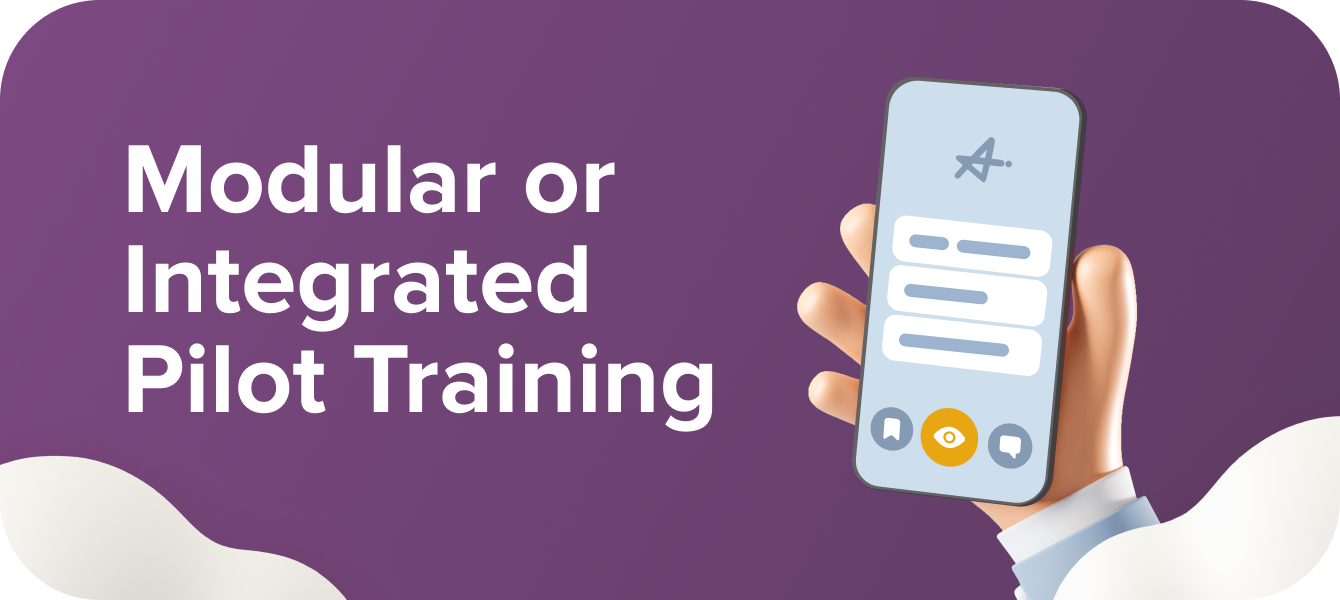
There are two main training pathways: Integrated and Modular. Both lead to the same licences and qualifications, so your choice depends on factors like cost, flexibility, learning preferences, and lifestyle.
The integrated route is a full-time, immersive programme completed with a single organisation. More expensive, with fees ranging from €75,000 to €120,000, often paid upfront or in-stage payments ahead of training. It typically takes 18 months to 2 years and is highly structured, offering a cohesive learning experience. Training is instructor-led with little flexibility; you follow a set schedule. Students train intensively, often living on campus. You’ll be surrounded by other aspiring pilots, fostering a sense of community.
The modular route offers the same licensing outcome but with greater flexibility. Generally more affordable than integrated courses, with payments spread over time. Students can train full-time, part-time, or a mix of both, allowing them to adapt training to their circumstances. Training can be completed in less than a year or spread over several years, based on personal needs or market conditions.
Which Path Should You Choose?
Ask yourself the following questions to decide:
How much can you afford? Modular is typically less costly.
Can you commit to full-time training away from home for up to 2 years? If not, modular is likely a better fit.
Are you self-motivated and comfortable with independent learning? If not, integrated training or full-time instructor-led theory training might suit you better.
Do you need a sense of community? Integrated training provides a campus environment, while modular students can join mentoring organisations like Wings Alliance for support.
Do you want control over your training? Modular allows you to make decisions about pace, location, and structure.
Is flexibility important? If so, modular is the way to go.
Would you prefer someone else to handle all the logistics? A packaged modular course or integrated training might be ideal.
Do you want to work or stay at home during training? Only modular training offers this option.
Both routes can lead to a rewarding aviation career — it’s all about finding the approach that works best for your goals, budget, and lifestyle.
To learn more about the modular route, a popular path for aspiring pilots, click here.
Build Your Network
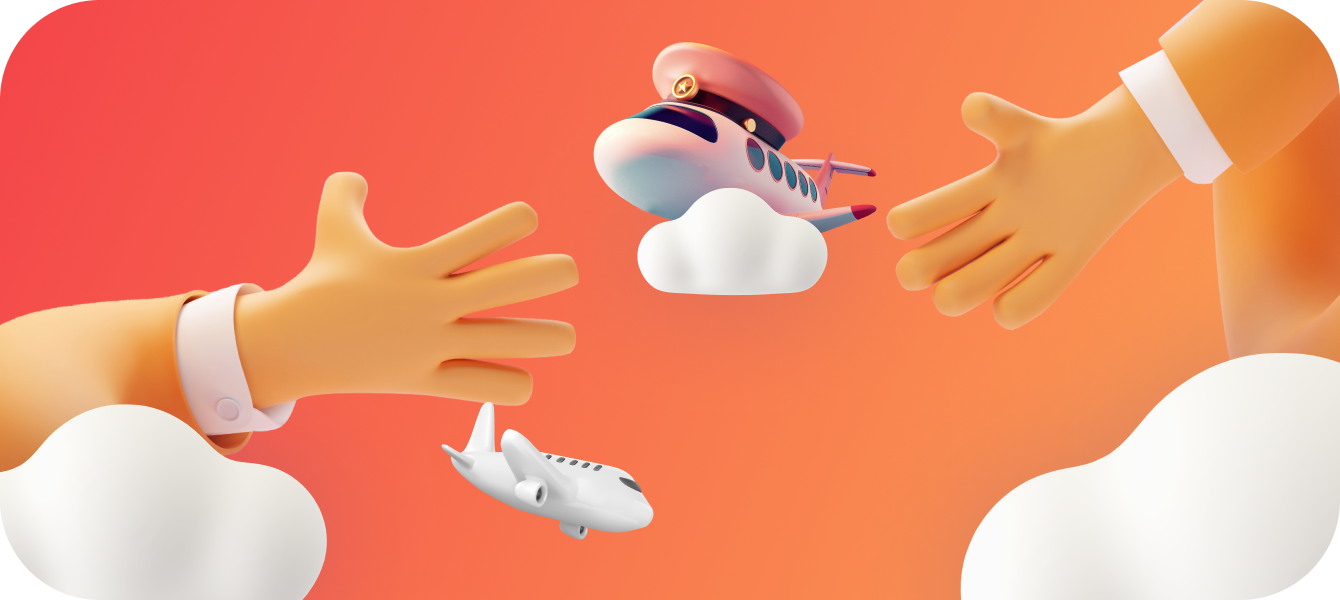
In aviation, who you know can be just as significant as what you know. Building a strong network is one of the best ways to gain insights, support, and guidance as you navigate your path to becoming a pilot. Connecting with experienced professionals and joining aviation communities will give you a front-row seat to the realities of the job.
Whether it’s at networking events, through online forums, or via social media, take every opportunity to ask questions and learn from their experiences. Ask them about the challenges they face, their day-to-day responsibilities, and what they wish they’d known when they were starting. These real-life perspectives can help you make informed decisions.
Building your network isn’t just about career advancement; it’s about finding mentors, making friends, and surrounding yourself with people who share your passion for flight. Learn how to effectively build and maintain connections in the aviation world. Read our blog, Network Your Way Up: Building Connections in Aviation.
Find the Right Flight School

Choosing the right flight school is a huge decision. It's where your flying dreams take off, so you want to get it right. First things first: make sure the flight school you decide is an Approved Training Organisation (ATO), certified by EASA or the CAA. This ensures the training meets all regulatory standards for licensing. If you plan to work in Europe, confirm that the school’s certification aligns with EASA requirements.
Discover the top 18 EASA-accredited flight schools in Europe and the UK.
Not all flight schools are created equal. Don't just pick the first school you see. Do some digging. Think about where you want to train. Training near home is convenient, sure. But training in Europe? That's a whole different experience. Think about the weather, how much it'll cost to live there, and how far you're willing to travel. It's your adventure!
Look for reviews and alumni testimonials. Ask about the school’s success rates and how graduates have fared in the industry. Also, have a look at the planes and the facilities. You want modern, well-maintained aircraft and up-to-date equipment. It makes a real difference to your training. And the instructors? They're key. Experienced, friendly instructors can make all the difference. They're the ones who'll guide you through it all.
Compare tuition fees, aircraft rental rates, and additional expenses like exams or materials.
Whenever possible, visit the flight school to see it for yourself. Meeting the staff, touring the facilities, and getting a feel for the environment can help you decide if it’s the right place for you.
Choose the right flight school with our 12-step guide.
Finance Your Commercial Pilot Training

Pilot training is a dream worth chasing, but there’s no denying it’s a big financial commitment. Costs can range from £70,000 to £120,000, so planning your finances early is essential.
Fortunately, there are several ways to fund your training:
Bank Loans: Some banks offer loans tailored for pilot training.
Scholarships: Organisations like The Honourable Company of Air Pilots occasionally offer scholarships for aspiring pilots.
Sponsorships: Airlines sometimes run cadet programmes that cover training costs in exchange for a work commitment post-qualification.
Payment Plans: Many flight schools offer flexible payment options to spread the cost.
In the UK, you can look into schemes like the Professional and Career Development Loan, which can help cover training expenses. In some European countries, government-backed loans or grants might be available for pilot training. Check what’s available in your area and through your chosen school.
Keep in mind that unexpected costs can arise, such as retaking exams or additional flight hours. Building a financial cushion can help you manage these surprises without stress.
Missed our comprehensive guide on funding your pilot training? You can get it here. We extensively explored financial planning strategies and identified cost-saving opportunities to make your aviation journey attainable for you.

Airhead's Takeaway
If you’ve been dreaming of a life in the skies, there’s no better time than now to start planning your journey. Whether it’s taking a trial flight, building your network, or deciding the right training path, each step you take brings you closer to the captain’s seat.
So, why wait? The skies are calling, and your future as a pilot is within reach. With determination, preparation, and guidance from this action plan, you’re ready to soar to new heights. Let today be the day you take your first step towards an extraordinary career!

